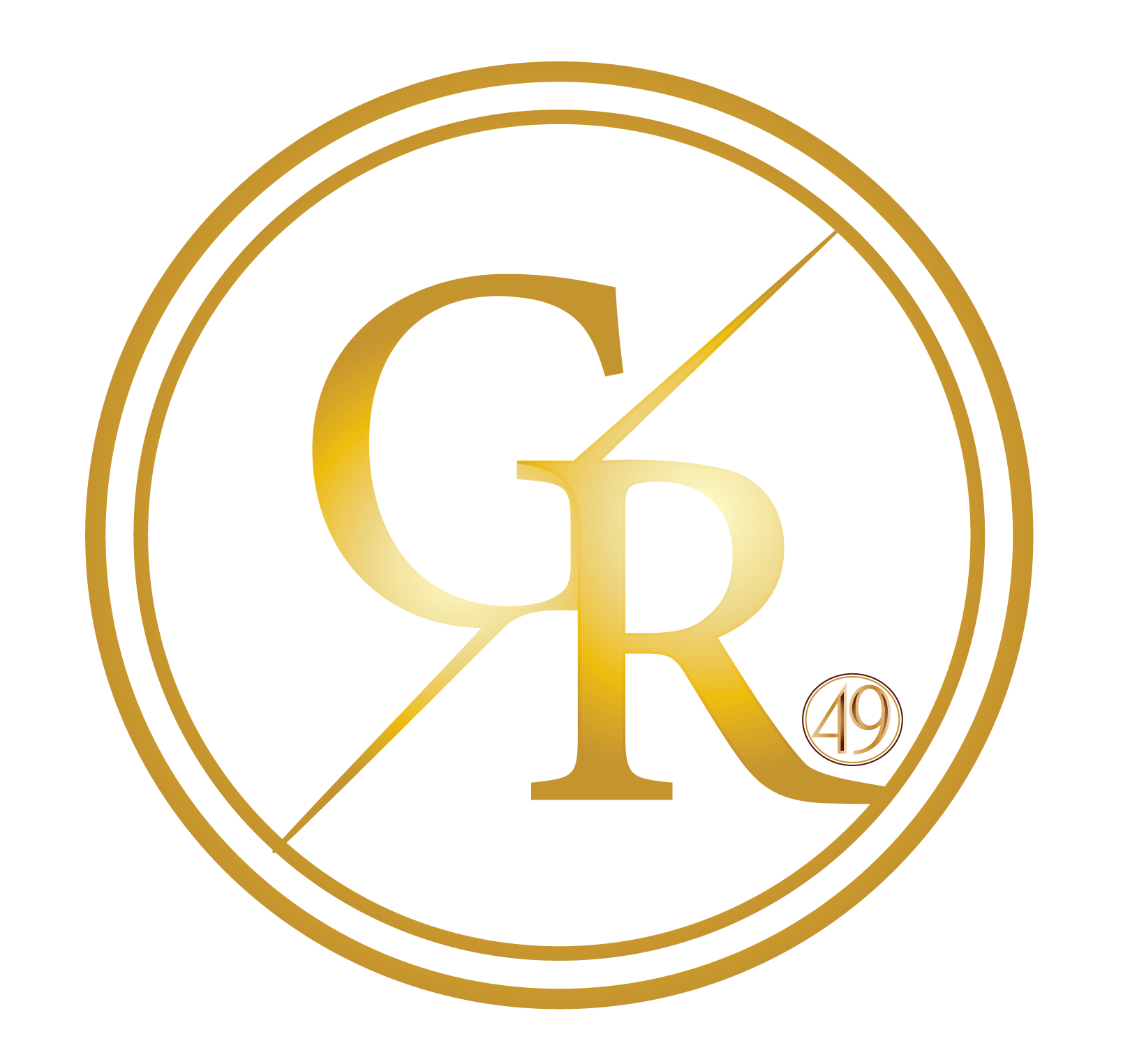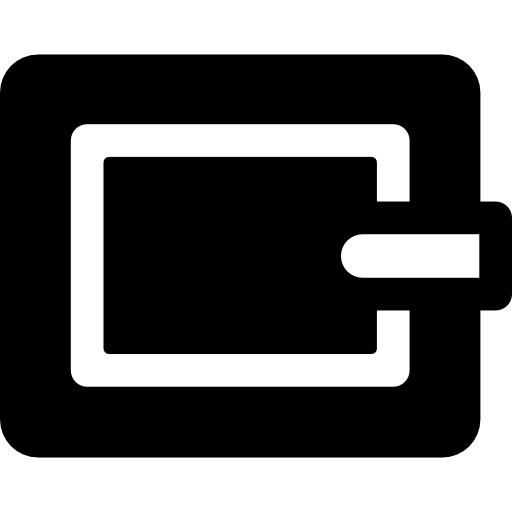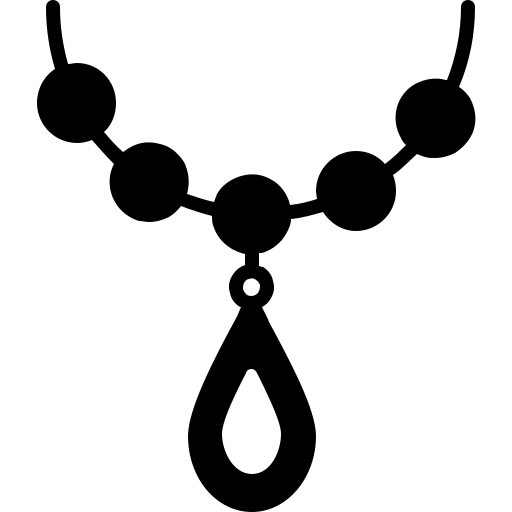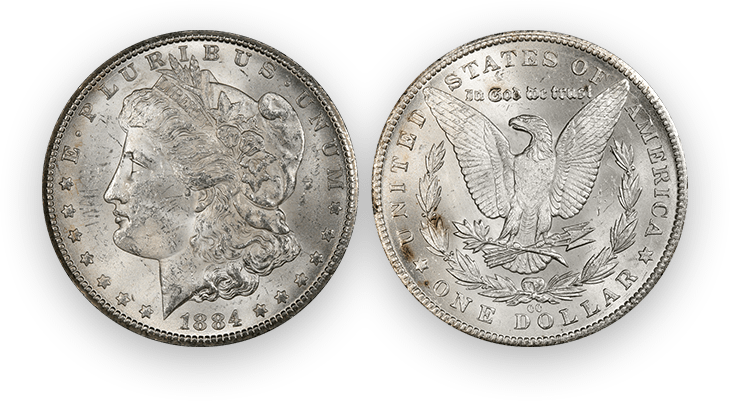Grades
Get a Quote For Your Coins
The Perfect Grade
Grading and Quality Standards
We follow the PCGS & NGC Grading Standards for precision


Over time, coins experience varying degrees of wear from circulation, or marks from contact with other coins or surfaces. Because coins are priced according to their condition, a standard system of grading has been developed to facilitate the exchange of coins between dealers, and between dealers and collectors.
With Precious Metallurgy’s grading and Quality Standards you can trust in a widely recognized and stringent business.
The referenced grades refer to circulated & uncirculated coins, and are meant as general guides only. Standards can vary from type to type.
We strive to bring you the most desirable coins within each grade. Learn more and contact us for coin collection appraisal.
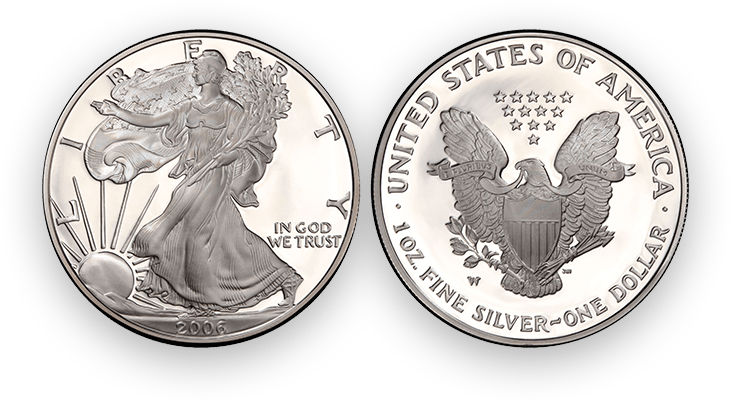
MS/PR-70
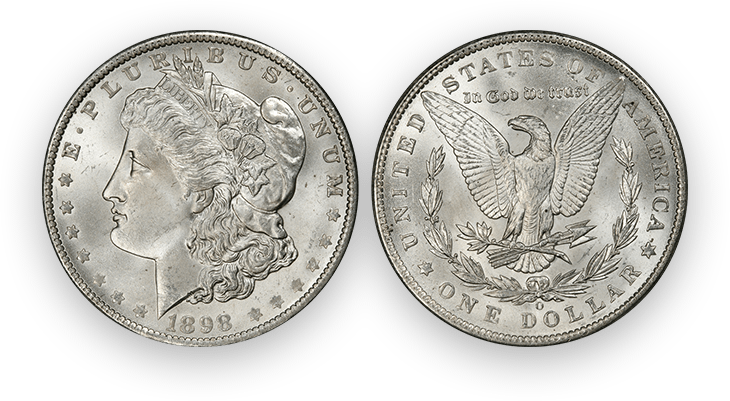
MS/PR-67

MS/PR-64

MS/PR-61
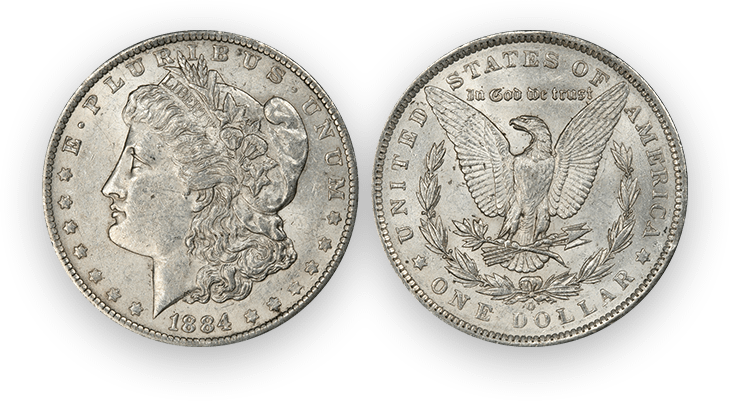
AU-55
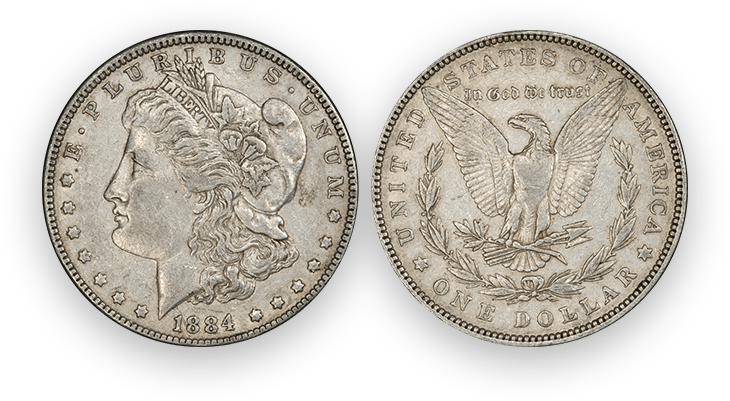
XF-45

VF-30

F-15
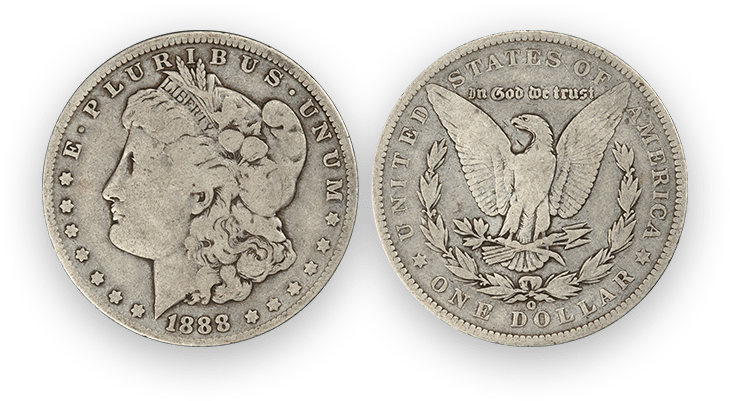
VG-8

AG-03
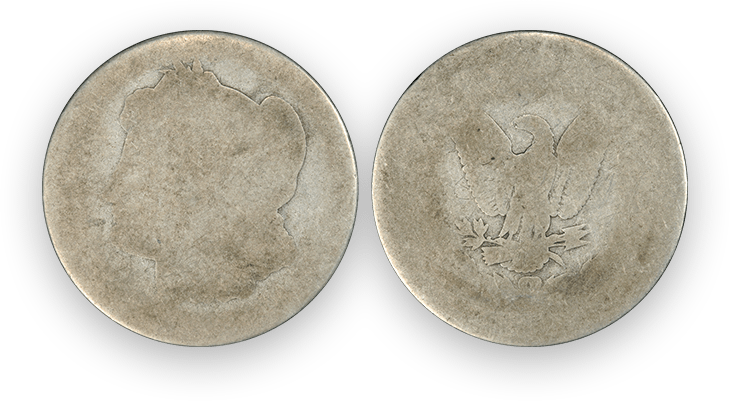
ungradable

MS/PR-69

MS/PR-66

MS/PR-63
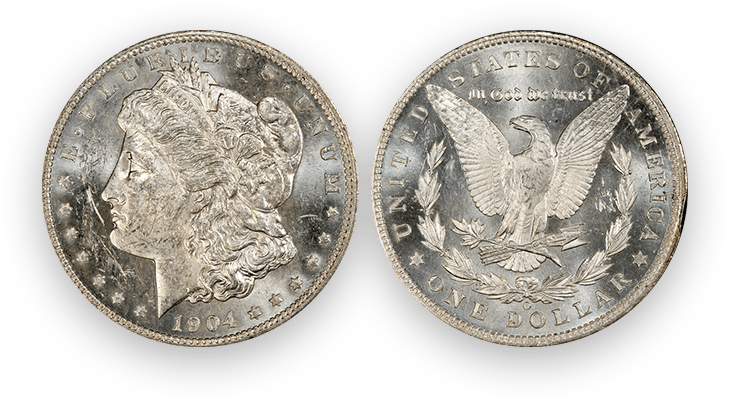
MS/PR-60
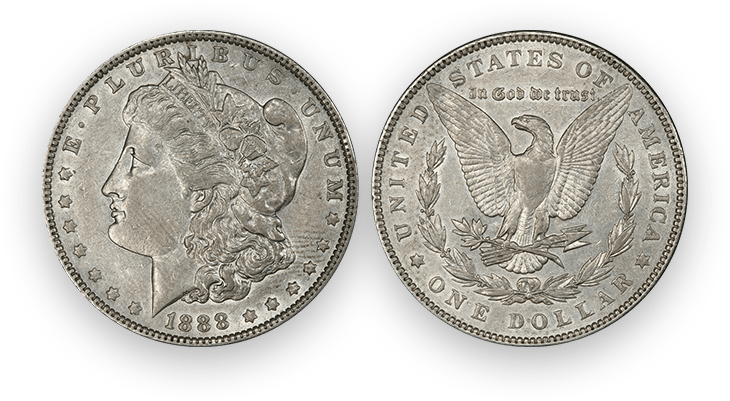
AU-53
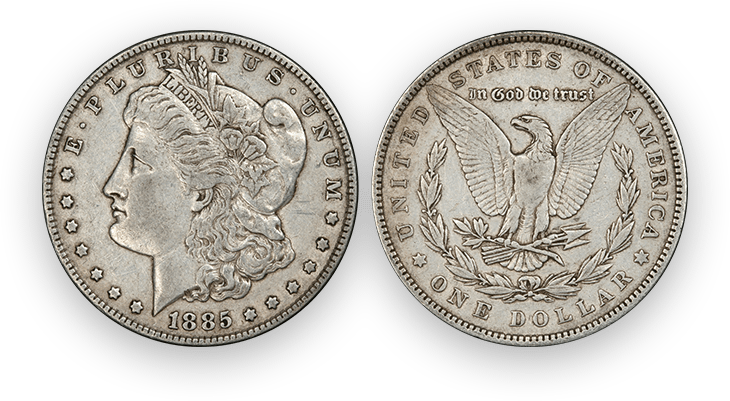
XF-40
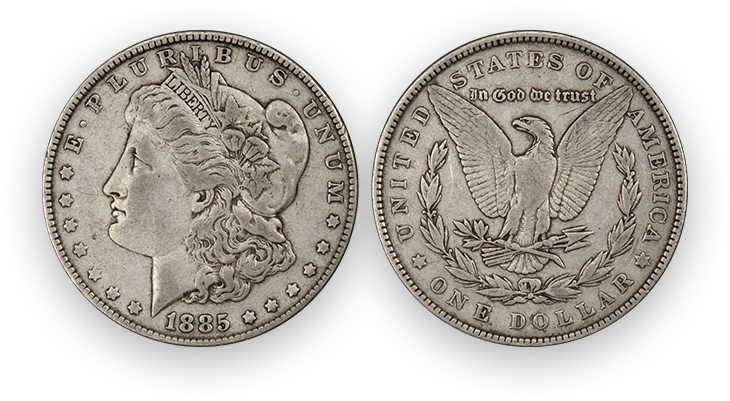
VF-25
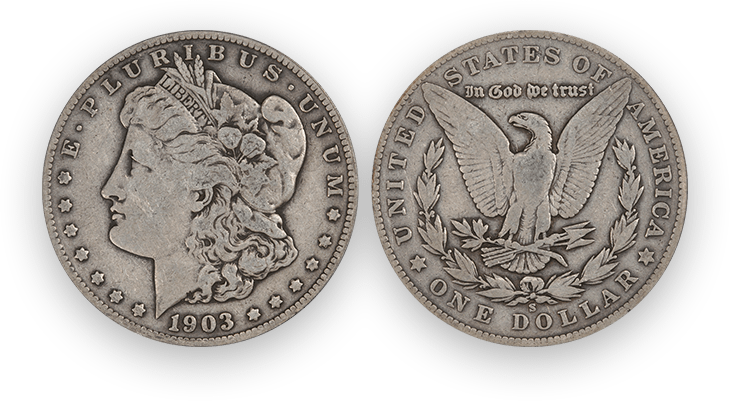
F-12
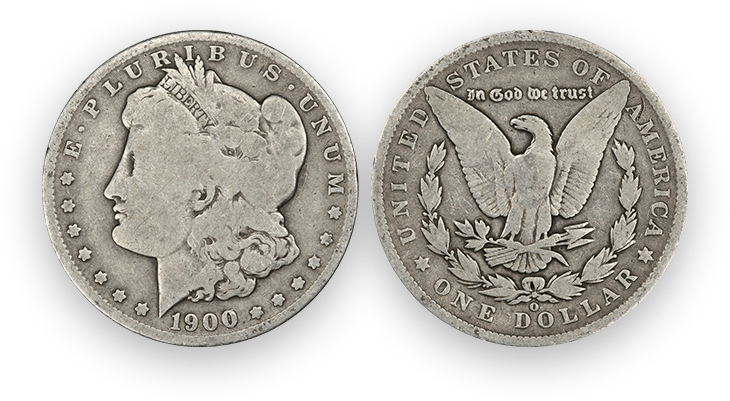
G-6

FR-2
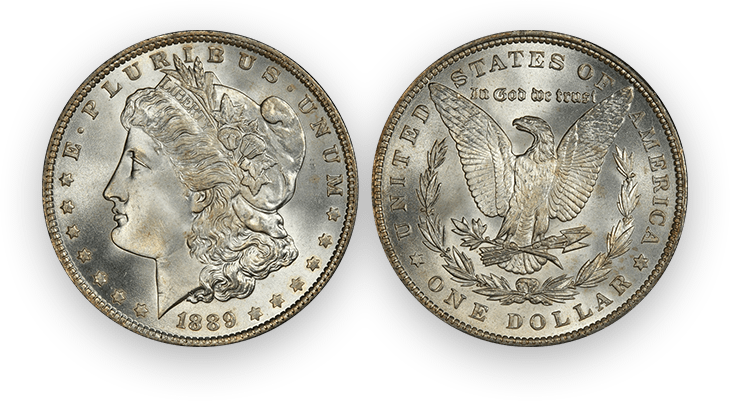
MS/PR-68

MS/PR-65

MS/PR-62

AU-58

AU-50

VF-35

VF-20

VG-10

G-4
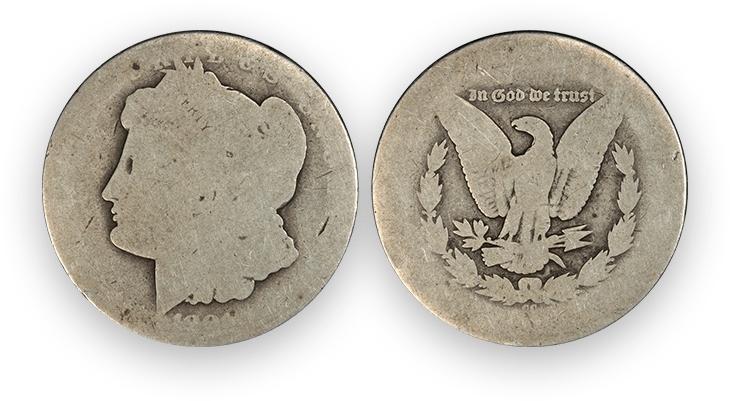
PO-1
Uncirculated / UNC / BU / MS
Coins with no wear at all are alternately referred to as Uncirculated (Unc.), Brilliant Uncirculated (BU), and Mint State (MS). When a numerical grade is assigned to an uncirculated coin, it goes along with the abbreviation MS, such as MS-60.
It is important to note that Uncirculated and similar terms refer only to the fact that the coin has no wear. The presence or absence of bagmarks, toning (discoloration), or a strong strike does not affect a coin’s Uncirculated status, although such things can affect the numerical grade of the coin.
A circulated coin is a coin that has been used in trade. This means that the coin has been passed from person to person and has seen use in commerce. Circulated coins typically have less value than coins that are not circulated.
Circulated coins have been used to some extent in daily commerce and have some “wear” from handling. Because older or scarcer coins may be very difficult to locate in mint Uncirculated condition, circulated coins may better suit your needs for some coin series and issues.
A coin usually struck from a specially prepared coin die on a specially prepared planchet. Proofs are usually given more than one blow from the dies and are usually struck with presses operating at slower speeds and higher striking pressure. Because of this extra care, Proofs usually exhibit much sharper detail than regular, or business, strikes. PCGS recognizes Proofs (PR) as those struck in 1817 and later.
Special coins struck at the Mint from 1792-1816 that display many characteristics of the later Proof coinage. Prior to 1817, the minting equipment and technology was limited, so these coins do not have the “watery” surfaces of later Proofs nor the evenness of strike of the close collar Proofs.
